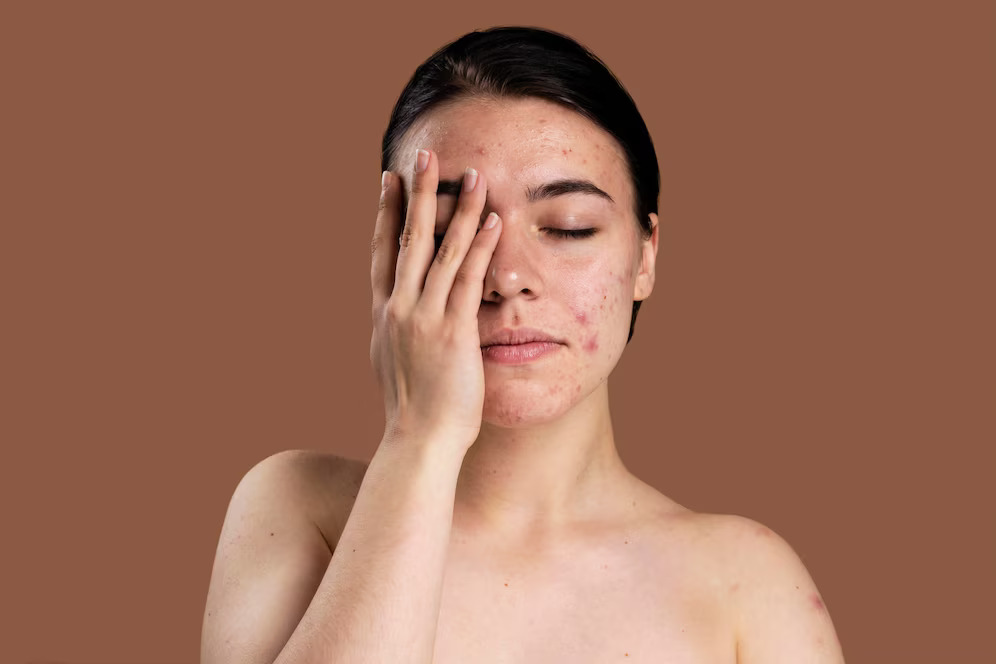Skin pigmentation is a common concern that affects people of all ages and skin tones. It refers to the coloring of your skin, which is caused by a pigment called melanin. When there is too much or too little melanin in certain areas, it can lead to uneven skin tone or patches. At Tvaksh Advanced Skin & Hair Clinic in Mumbai, experienced dermatologists Dr. Suraj Shetty and Dr. Joshika Shetty provide expert care and treatments for all types of pigmentation problems using modern techniques and personalized plans.
What Causes Skin Pigmentation?
There are many reasons why skin pigmentation may happen. Some of the most common causes include:
-
Sun exposure: Too much time in the sun can increase melanin production, leading to dark spots or tanning.
-
Hormonal changes: Conditions like pregnancy or using birth control pills can lead to melasma, a type of pigmentation.
-
Inflammation or injury: After pimples, burns, or cuts, the skin may heal with dark patches, known as post-inflammatory hyperpigmentation.
-
Medical conditions: Certain health issues like Addison’s disease or vitamin deficiencies can affect melanin production.
-
Genetics: Some people are more likely to have pigmentation due to their genes.
-
Medications: Certain drugs can trigger pigmentation changes as a side effect.
Types of Skin Pigmentation
-
Melasma
Melasma appears as brown or grayish patches, usually on the face. It is common in women and is often triggered by hormones or sun exposure. -
Freckles
Small brown spots often seen in people with lighter skin. These are usually harmless and become more noticeable with sun exposure. -
Sunspots (Lentigines)
Also called age spots, these are flat, dark areas that usually appear on parts of the skin exposed to the sun for long periods. -
Post-Inflammatory Hyperpigmentation (PIH)
This happens after the skin has been injured or inflamed, such as after acne or a rash. It usually fades over time but may take months. -
Vitiligo
A condition where the skin loses its pigment in certain areas, leading to white patches. It is caused by the destruction of pigment cells.
Common Myths About Skin Pigmentation
There are several myths around pigmentation that often cause confusion. Let’s clear them up:
-
Myth: Pigmentation only happens to people with dark skin.
Truth: Pigmentation can affect any skin tone. It may just be more visible on lighter or darker skin depending on the type. -
Myth: Pigmentation is always permanent.
Truth: Many types of pigmentation can be treated or reduced with proper skincare and dermatological treatments. -
Myth: Home remedies can completely cure pigmentation.
Truth: Some home remedies might help a little, but professional treatment is usually needed for visible and long-lasting results. -
Myth: Sunscreen is not necessary if you stay indoors.
Truth: UV rays can still reach you through windows. Wearing sunscreen daily helps prevent worsening pigmentation.
Final Thoughts
Skin pigmentation is common and nothing to feel ashamed about. With the right care, most pigmentation issues can be managed or treated effectively. If you’re dealing with uneven skin tone or dark patches, it’s best to consult experts. At Tvaksh Advanced Skin & Hair Clinic in Mumbai, Dr. Suraj Shetty and Dr. Joshika Shetty provide personalized skin care treatments that are safe, modern, and suitable for your skin type. Don’t fall for myths get expert advice and take the first step toward healthy, glowing skin.

